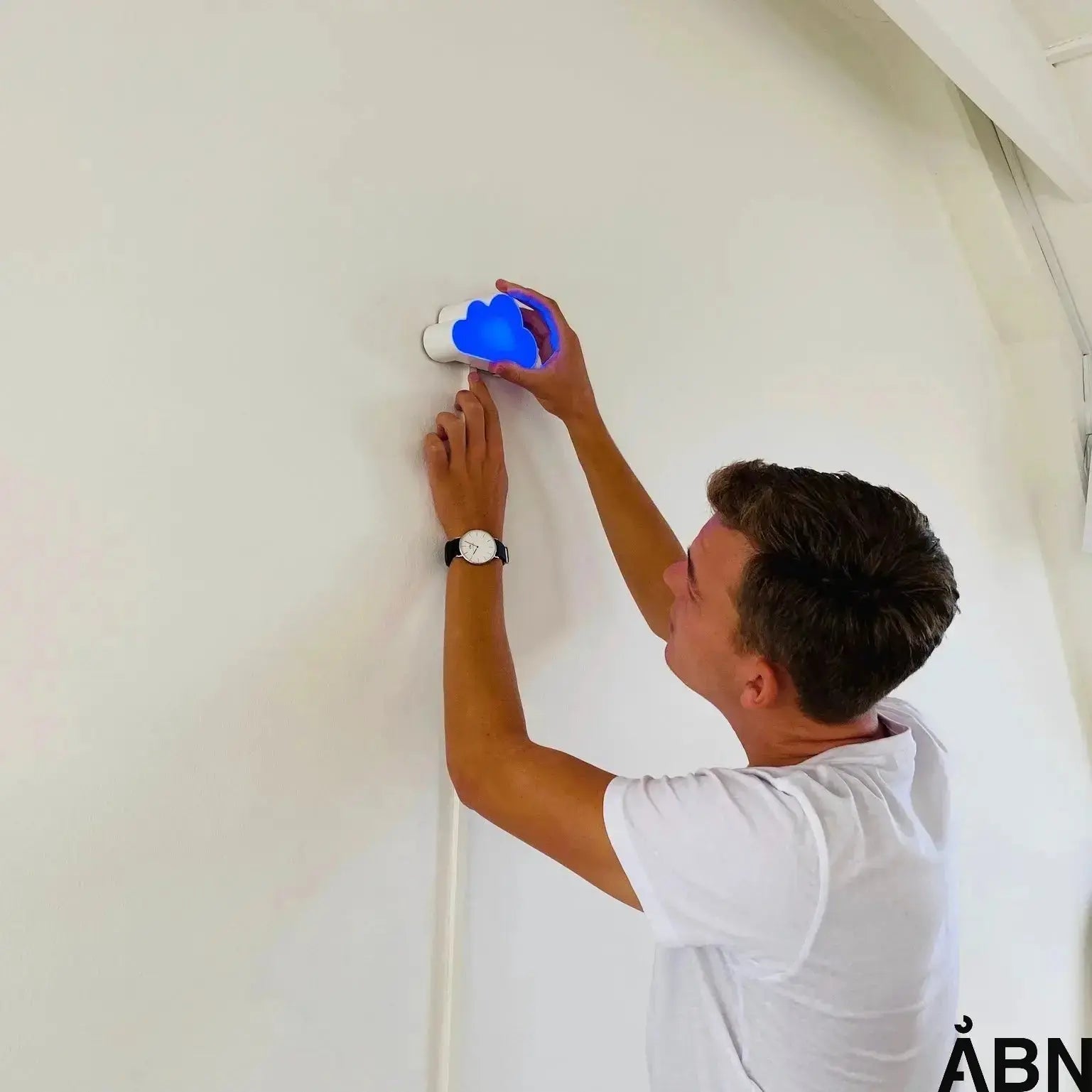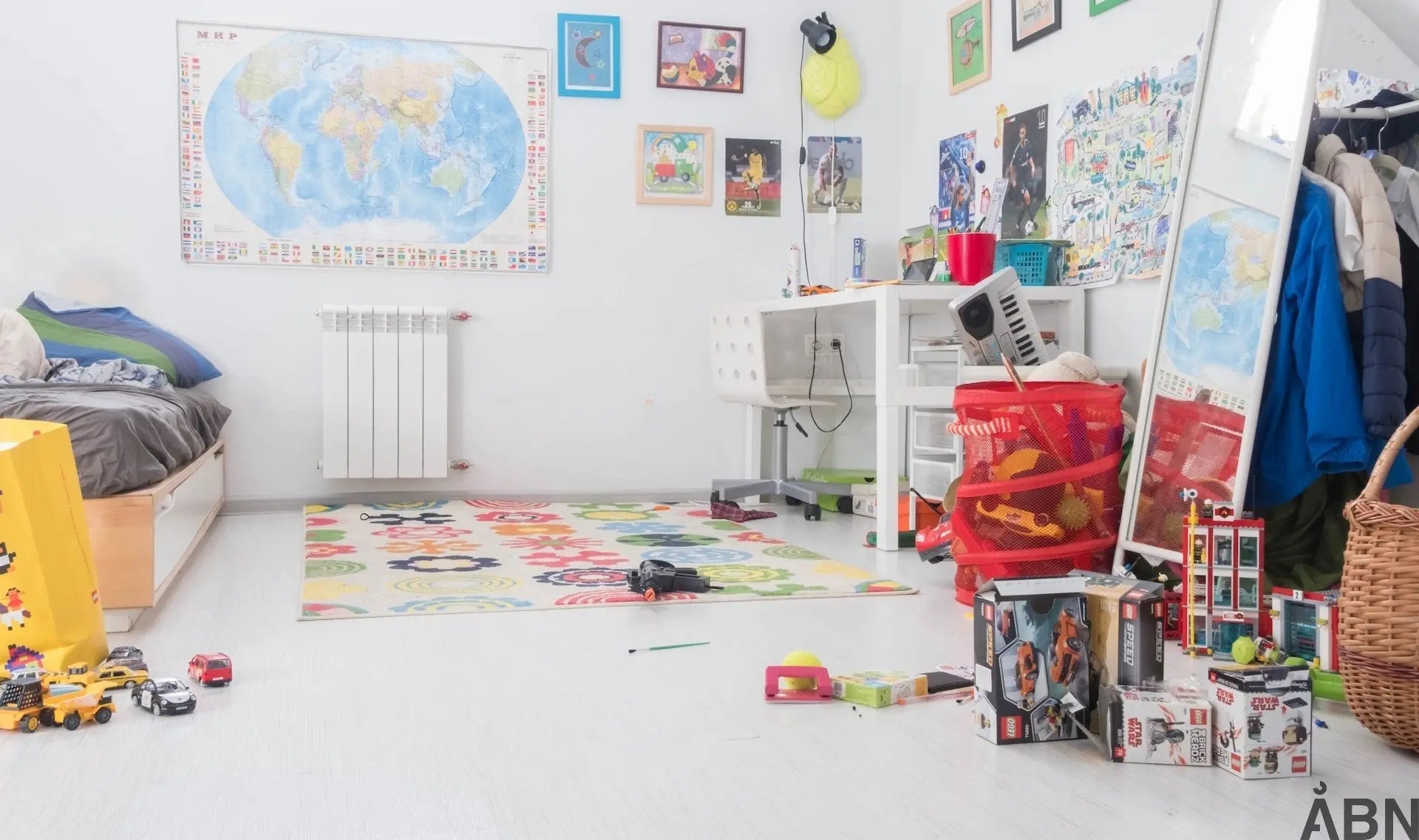What does TVOC mean?
TVOC stands for "Total Volatile Organic Compounds" , i.e. the sum of all volatile organic compounds in the air. These compounds evaporate at room temperature and are found in everything from paint and furniture to perfumes and cleaning products.
TVOC is not one specific gas, but a whole cocktail of substances that can individually – and collectively – affect your health and indoor climate.
Why is TVOC important for your indoor climate?
High levels of TVOC indoors can be a sign of poor ventilation, contamination from materials and lack of ventilation. This not only affects air quality, but also:
-
Your concentration and energy
-
Sleep quality
-
Allergies and irritation of the eyes and respiratory tract
-
Long-term health risks such as headaches, fatigue and, in rare cases, organ damage at very high levels.
Health risks of VOCs
VOCs such as formaldehyde and benzene are known to be irritating and, in the worst case, carcinogenic. Others are less dangerous but still affect your well-being. Therefore, it is not the amount of a single VOC, but the total load (TVOC) that is important to monitor.
What are safe TVOC levels?
At ÅBN we use a 7-point scale, where levels 1–3 are considered safe , and anything above level 4 should lead to action:
|
Step |
TVOC (ppb) |
Designation |
Recommendation |
|
1 |
0–75 |
Optimal |
No action |
|
2 |
76–160 |
Low load |
Easy ventilation |
|
3 |
161–245 |
Acceptable level |
Increased ventilation |
|
4 |
246–750 |
Supervision |
Source tracing |
|
5 |
751–2,000 |
Critical load |
Quick action |
|
6 |
2,001–6,112 |
Serious pollution |
Avoid staying |
|
7 |
>6,112 |
Acute pollution |
The room must not be used. |
How can you lower your TVOC levels?
-
Air out several times a day
-
Use environmentally friendly and perfume-free products
-
Avoid scented candles, incense and aerosols
-
Install mechanical ventilation or use air measurement with sensors such as THE CLOUD from ÅBN
-
Consider air purifiers with activated carbon filters – they can remove certain VOCs
Typical sources of VOCs in homes and institutions
-
Paint and varnish
-
Cleaning products and perfumes
-
Furniture and flooring
-
Electronic devices
-
Mold and building materials









